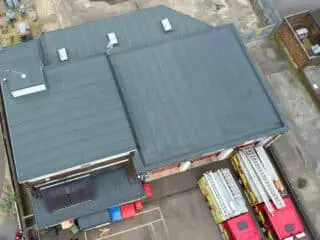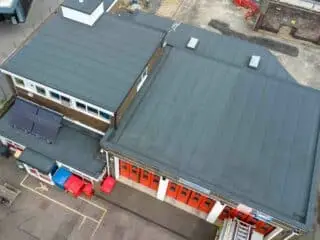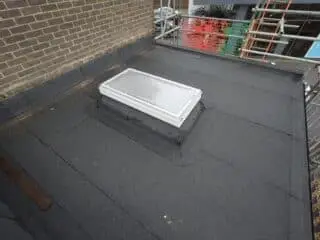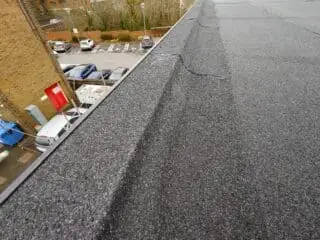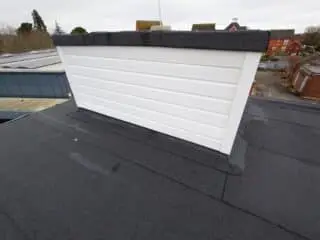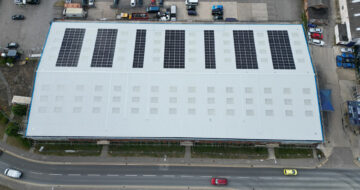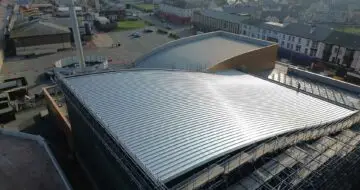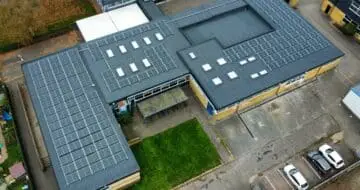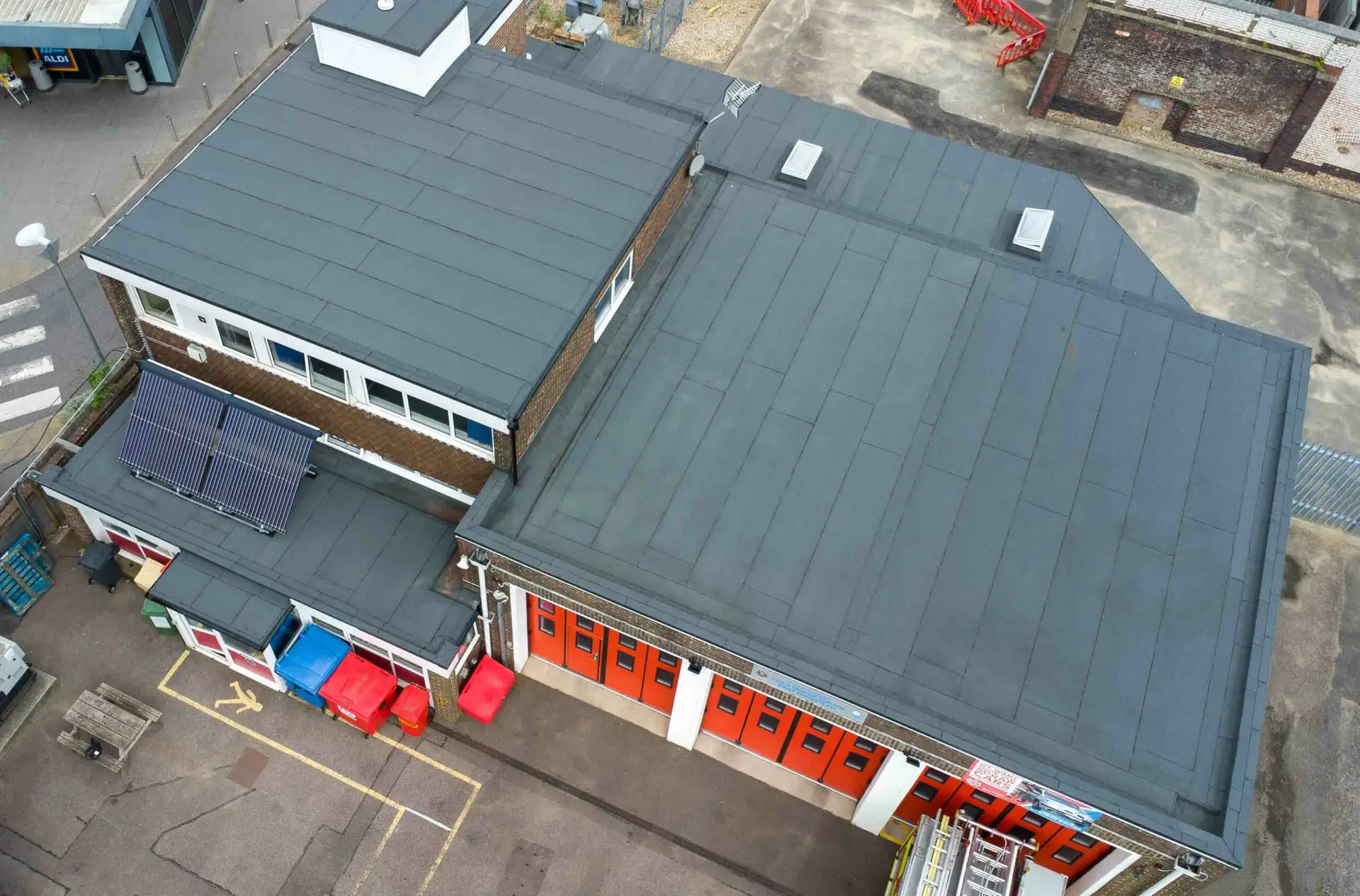
A local council has set an ambitious goal of achieving net-zero carbon emissions by 2030. A key component of this strategy involves reducing energy consumption by enhancing the efficiency of its estates and actively managing buildings to lower energy demand.
AtkinsRéalis instructed Garland UK to support this decarbonisation initiative. The initial task involved conducting comprehensive roof condition surveys and U-value assessments across six fire station sites to assess the buildings’ current health.
Garland UK technical manager Sam Rigden carried out detailed condition surveys to evaluate the fire stations’ existing roof structure, thermal integrity, and waterproofing performance. The goal was to explore the costs associated with upgrading them to comply with Part L of the building regulations and reach a thermally efficient U-value of 0.15 W/m²K.
With the support of Garland UK’s initial roofing investigations, the council went on to secure a £7.9 million investment from internal funding and the Public Sector Decarbonisation Scheme delivered by Salix Finance to reduce the carbon footprint of 14 council buildings, including the six fire stations.
One of the first sites to benefit from the funding was East Grinstead Fire Station. This site presented several waterproofing challenges that required careful planning and execution to ensure the project’s success.
A key challenge was to ensure that the fire station remained fully operational, 24/7, throughout the refurbishment process. To achieve this, Garland UK implemented a phased approach, ensuring minimal disruption to daily activities and emergency response times.
Safety was a top priority, particularly when dealing with combustible materials during the works. Safe2Torch guidelines were strictly adhered to as part of the specification, especially around potentially combustible areas such as upstands, details, and exposed decks. This careful attention to safety protocols ensured the work could be conducted without risk to personnel or the site.
Effective drainage was another critical challenge, particularly at the perimeter edges where ponding water would regularly occur. To overcome this, the proposed design incorporated tapered gutters and kicker boards to draining elevations. These improvements would prevent water buildup and enhance the roofing system’s overall durability and lifespan.
One of the primary objectives was to upgrade the roofs’ thermal efficiency to meet the stringent U-value requirement of 0.15 W/m²K, a critical target for aligning with the council’s decarbonisation goals. To achieve this, the StressPly Flex Plus warm roof system was selected for its multi-layer waterproofing capabilities, which allow for thermal movement without risking breaks in the membrane. This warm roof design incorporated 160mm PIR tapered insulation, providing exceptional energy efficiency for the fire station.
The roof refurbishment project, executed by approved contractor Ryan Roofing, began with the installation of a metal-lined vapour control layer. This was followed by a combination of flat board and tapered rigid board insulation to ensure a uniform thermal barrier. The final phase of the installation involved adding a vented underlay and a mineralised cap sheet, completing the high-performance roofing system.
The project was completed on time and within budget in just eight weeks, with minimal disruption to the operations at East Grinstead Fire Station. Throughout the project, Sam Rigden conducted weekly site visits to oversee the quality of the installation, ensuring that the work met Garland UK’s high standards. He provided regular updates and maintained complete transparency with all stakeholders through the online Roof Asset Management Programme (RAMP), which detailed progress reports, project images, and ongoing updates.
The initial U-values at the fire station were recorded at a thermally inefficient 3.04 W/m²K. After the successful roof refurbishment, the building achieved a U-value of 0.15 W/m²K, meeting the stringent Part L regulatory requirements. The decision to use an overlay method not only achieved this significant improvement in thermal efficiency but also mitigated the need to send up to 8 tonnes of waste to landfill, contributing to the council’s sustainability efforts.
Upon completion, Sam Rigden provided the council with Garland’s leading 25-year Single-Point Guarantee. This guarantee ensures full accountability for the system design, materials, and quality of workmanship, giving the council confidence that the refurbishment and thermal efficiency upgrade will deliver reliable performance for years to come.
Ben Rickard, senior building surveyor at AtkinsRéalis, praised the outcome:
“Garland UK’s early roof investigations and technical approach to the roof refurbishment played a crucial role in our decarbonisation efforts. The new roofing system not only meets the stringent U-value requirements but also ensured the fire station can continue its critical operations without interruption. This project is a significant step towards the council’s net-zero goals.”


